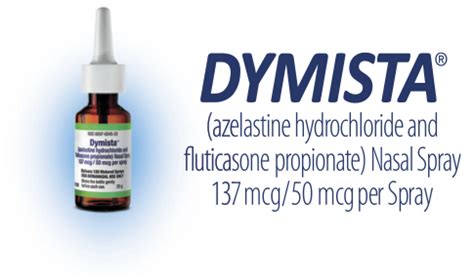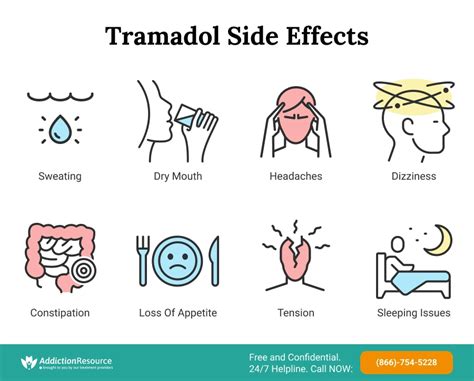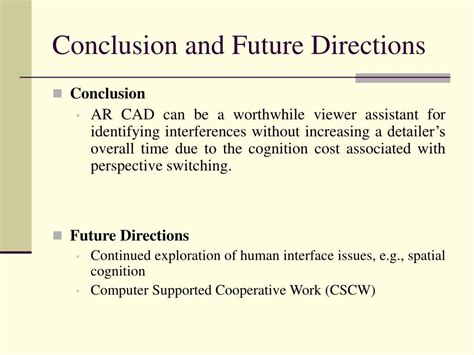Intro
Discover the 7 Azelastine side effects, including nasal congestion, headache, and fatigue. Learn about azelastine hydrochloride, allergy relief, and potential interactions, to ensure safe usage of this antihistamine nasal spray.
The importance of understanding the potential side effects of medications cannot be overstated, especially when it comes to drugs like azelastine, which is commonly used to treat allergic rhinitis and other conditions. Azelastine is an antihistamine that works by blocking the release of histamine, a chemical in the body that causes allergy symptoms such as itching, sneezing, and runny nose. While azelastine can be highly effective in managing these symptoms, it is crucial for patients to be aware of the possible side effects that can occur.
Azelastine is available in various forms, including nasal sprays and eye drops, each designed to target specific areas of the body affected by allergies. Despite its localized application, azelastine can still cause a range of side effects, some of which may be mild and temporary, while others could be more severe and require medical attention. It is essential for individuals using azelastine to monitor their body's response to the medication and seek advice from healthcare professionals if they experience any unusual or bothersome symptoms.
The management of side effects is a critical aspect of treatment with azelastine, as it can significantly impact a patient's quality of life and adherence to the prescribed treatment regimen. By understanding the common and less common side effects associated with azelastine, individuals can better navigate their treatment, making informed decisions about their health. This knowledge also empowers patients to engage in more effective communication with their healthcare providers, ensuring that any concerns or issues are addressed promptly.
Azelastine Overview and Mechanism

Pharmacokinetics and Pharmacodynamics
The pharmacokinetics of azelastine involves its absorption, distribution, metabolism, and excretion. After administration, azelastine is rapidly absorbed into the bloodstream, where it can reach peak concentrations within a short period. It is then distributed throughout the body, with a preference for tissues involved in allergic reactions. Azelastine undergoes extensive metabolism in the liver, primarily through the cytochrome P450 enzyme system, before being excreted in the urine and feces. Understanding the pharmacokinetics and pharmacodynamics of azelastine is essential for optimizing its therapeutic effects and minimizing potential side effects.Common Side Effects of Azelastine

Less Common Side Effects
While less frequent, some individuals may experience more serious or uncommon side effects when using azelastine. These can include: - Allergic reactions (rare) - Changes in sense of smell or taste - Cough - Diarrhea - Increased risk of nosebleeds (with nasal spray) - Irritation or burning of the nose or eyes (with nasal spray or eye drops) - Sneezing It is crucial to monitor for these side effects and seek medical attention if they occur, as they may indicate an adverse reaction to the medication.Severe Side Effects and Contraindications

Special Considerations and Interactions
Azelastine may interact with other medications or have specific implications for certain patient populations. For example: - Patients with renal or hepatic impairment may require dose adjustments due to the potential for increased azelastine levels. - Azelastine can interact with central nervous system depressants, enhancing their sedative effects. - It is essential to avoid using azelastine with other antihistamines or medications that can cause drowsiness, unless advised by a healthcare provider. Understanding these considerations is vital for ensuring safe and effective use of azelastine.Managing Side Effects and Adherence

Patient Education and Support
Patient education plays a critical role in the successful management of azelastine side effects. By understanding the potential risks and benefits of the medication, individuals can make informed decisions about their treatment. Healthcare providers should ensure that patients are well-informed about: - The proper use of azelastine - Potential side effects and what to do if they occur - The importance of adherence to the prescribed treatment regimen - How to monitor for and report side effects Support from healthcare providers, family, and friends can also significantly impact a patient's ability to manage side effects and adhere to their treatment plan.Conclusion and Future Directions

What is the most common side effect of azelastine?
+The most common side effects of azelastine include bitter taste, headache, somnolence, dry mouth, nausea, dizziness, and fatigue.
Can azelastine cause severe allergic reactions?
+Yes, although rare, azelastine can cause severe allergic reactions, including anaphylaxis and angioedema. If you experience any symptoms of a severe allergic reaction, seek medical help immediately.
How can I minimize the side effects of azelastine?
+To minimize side effects, use azelastine as directed, avoid alcohol and other central nervous system depressants, and practice good hygiene. If you experience any side effects, report them to your healthcare provider, who can provide guidance or consider alternative treatments.
We invite readers to share their experiences or ask questions about azelastine and its side effects in the comments below. Your input can help others better understand the medication and its potential impacts. If you found this article informative, please consider sharing it with others who might benefit from this information. Together, we can promote awareness and support individuals in making informed decisions about their health and treatment options.
